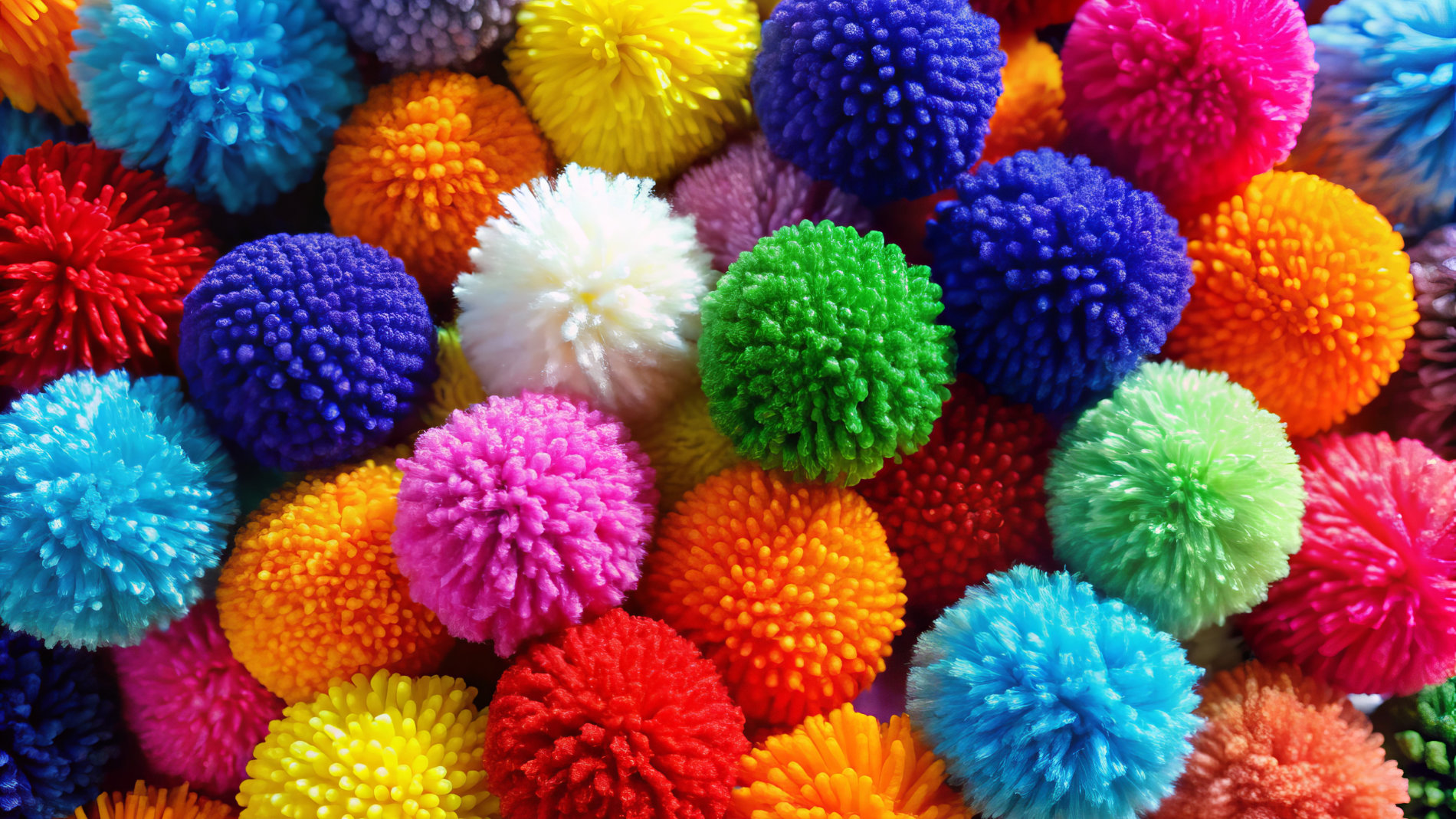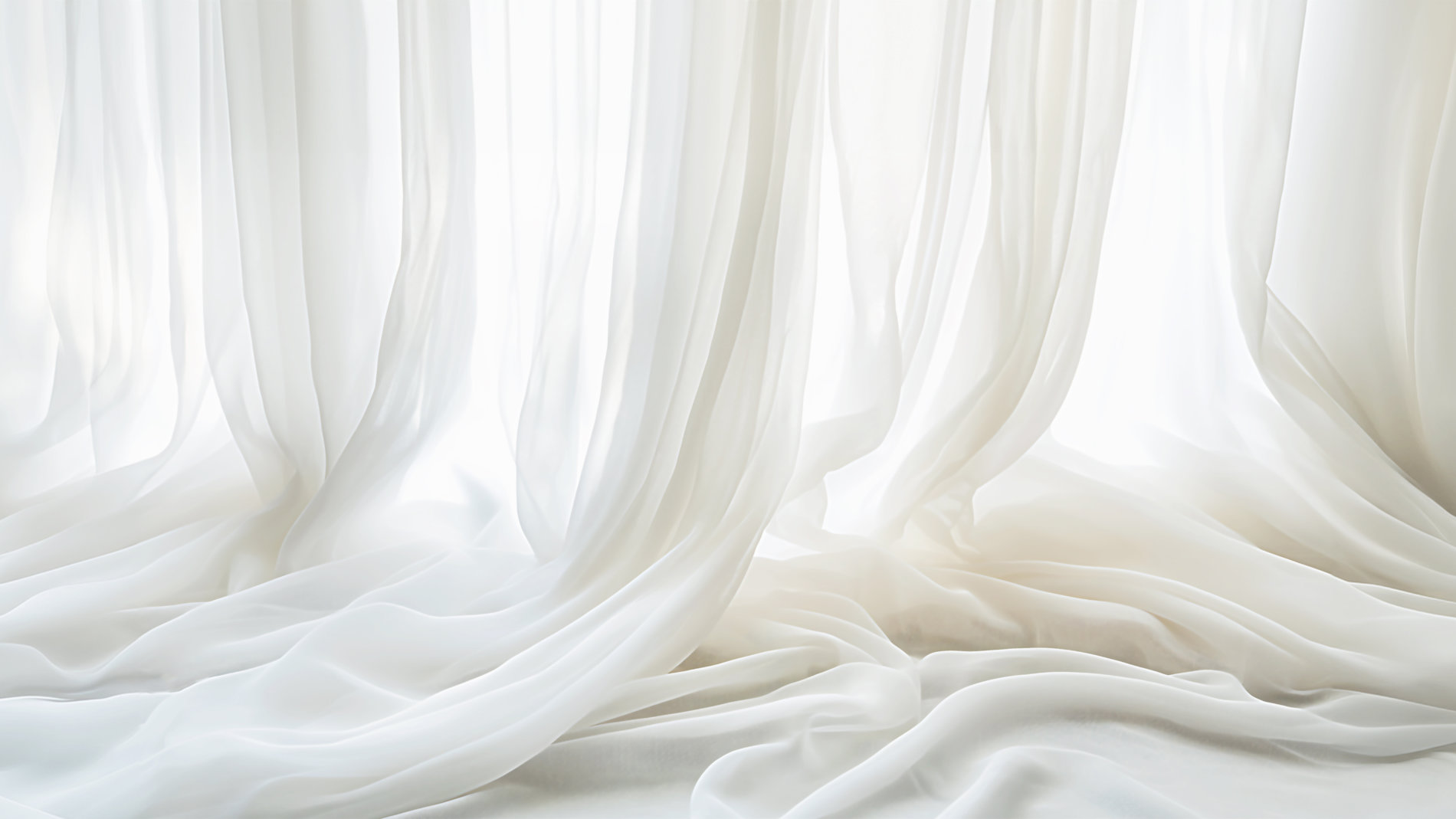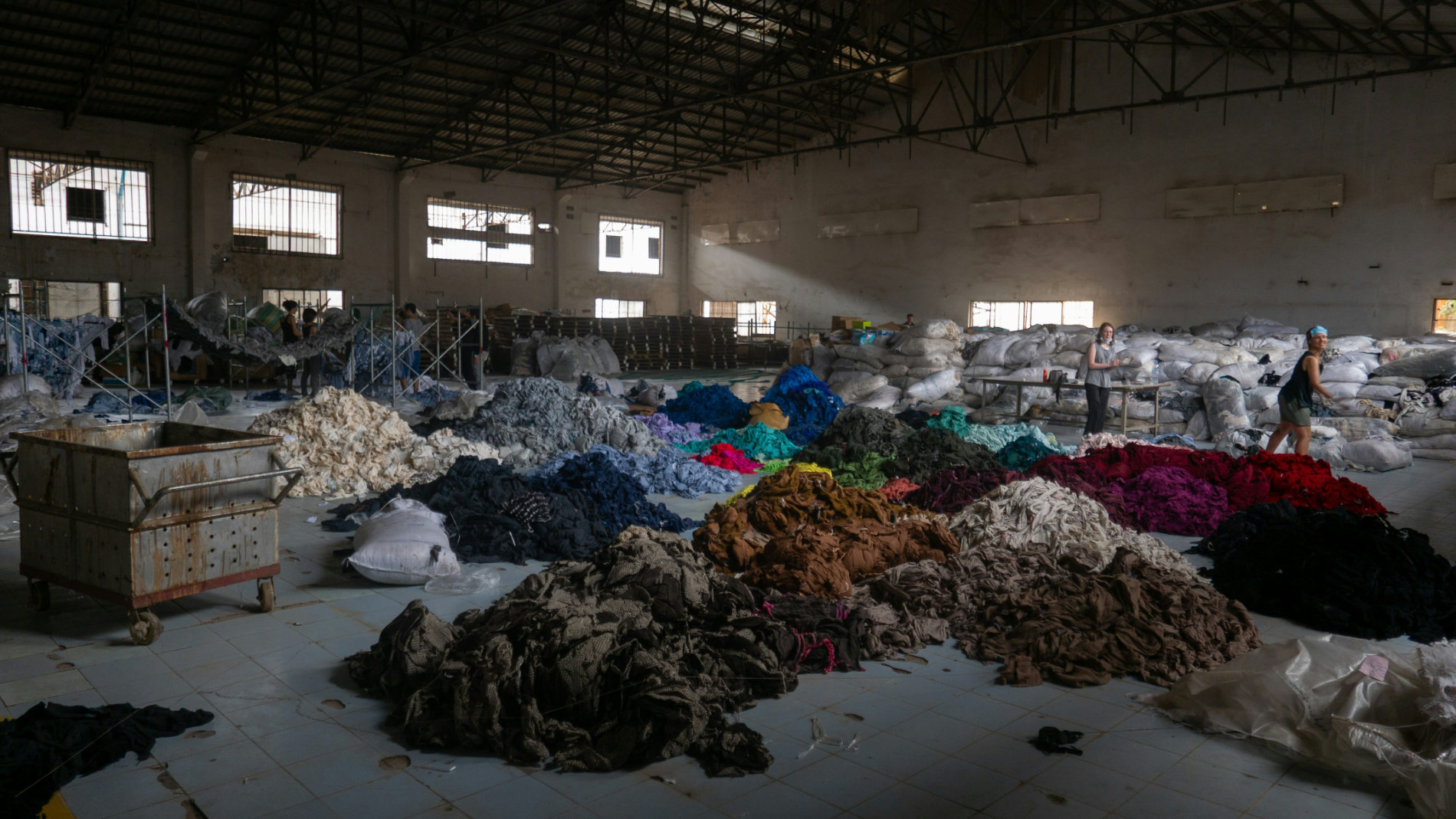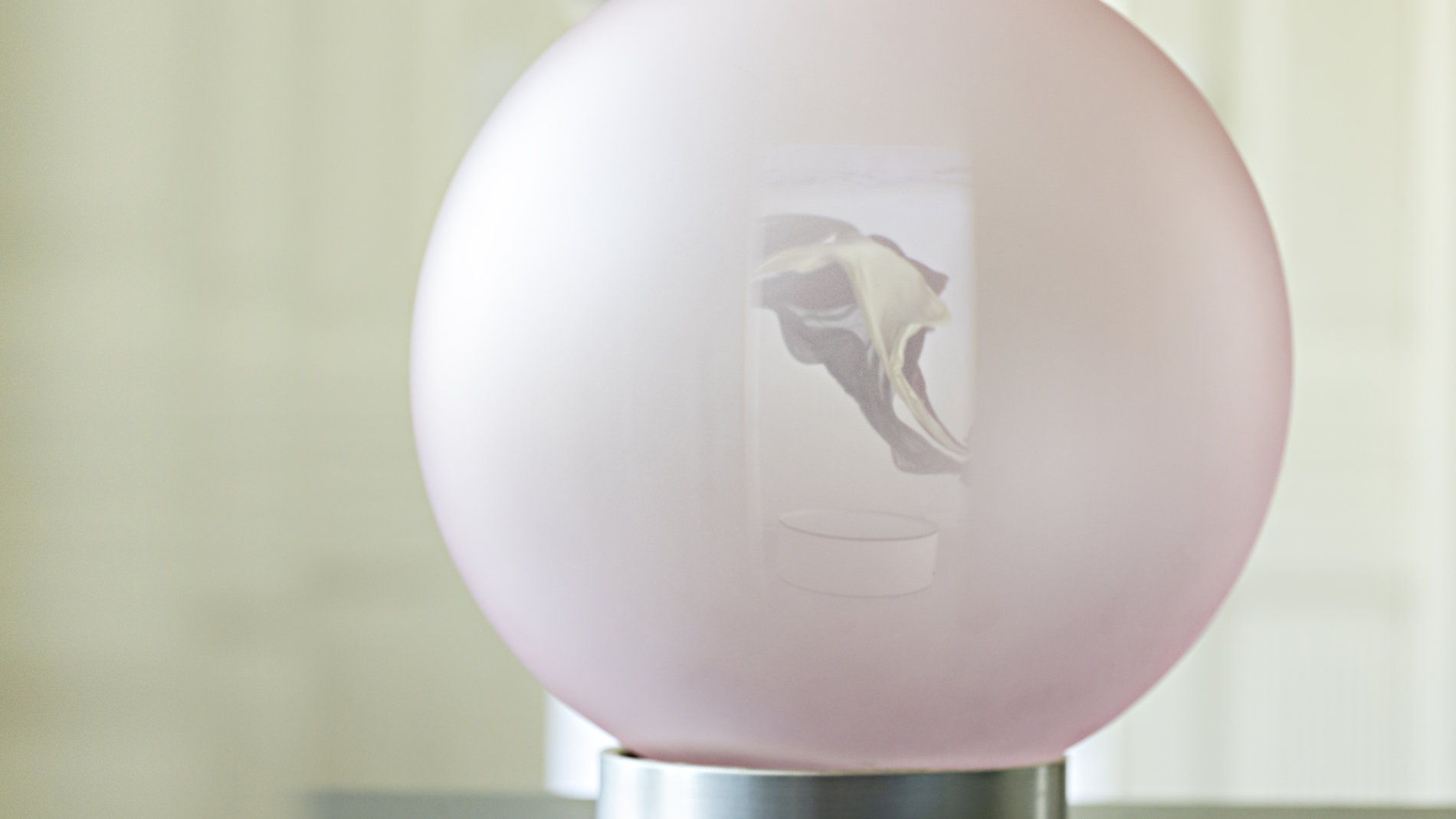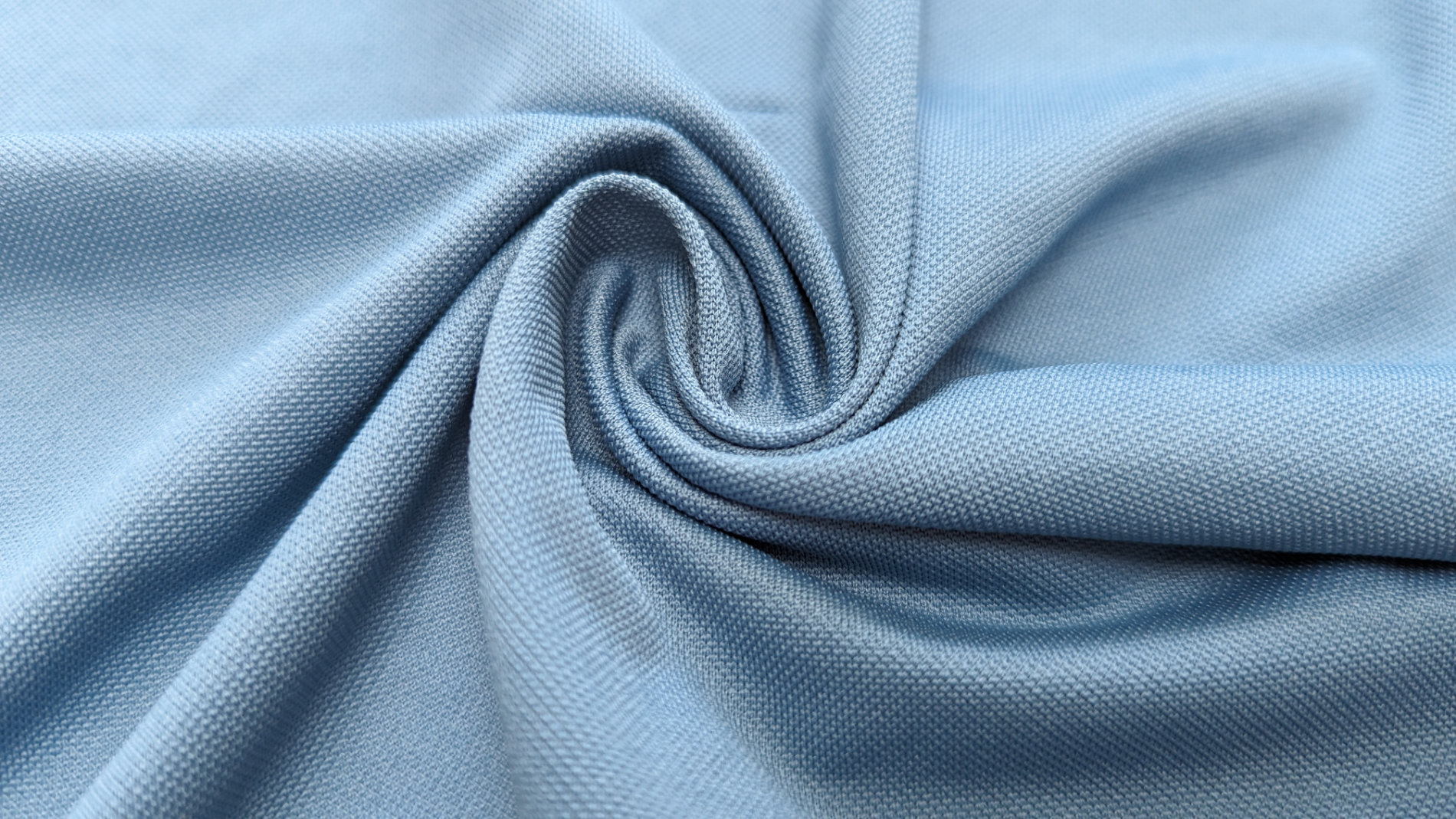Anna Moldenhauer: Together with design researcher and textile designer Dr Anke Jakob, you published the scientific article ‘Sensory Design for Dementia Care – The Benefits of Textiles’. What was your approach to this topic?
Prof Lesley Collier: I am an occupational therapist and have always been interested in working with people who have very severe cognitive impairments. Together with a psychologist I was working with, I looked for ways to better reach people affected by dementia. There are sensory approaches for children with learning difficulties and we looked into the extent to which these would also be helpful for adults. The result is a room in a hospital that is based on the principles of a sensory environment, but designed to be more age-appropriate. People with dementia should feel safe in this environment and enjoy interacting with it. To achieve this, we tried out different objects – in the area of textiles, for example, optical fibres, cushions, blankets and covers for the armrests of chairs. These activate different tactile sensations. A few years later, Dr Anke Jakob contacted me with the question of whether we could apply the principles more systematically. That's how we started our research.
What were the first results?
Prof Lesley Collier: That people with dementia communicated more and their mood improved thanks to the sensory environment. We also involved relatives to create individualised sensory experiences – such as rough fabrics for a man who used to work as a carpenter. The haptics reminded him of his profession. So we thought a lot about people's past experiences of handling fabrics and textiles and developed a sensory toolbox to meet the need for sensory input. The different haptics of textiles, be it fur elements or elements such as buttons, tassels and sequins, encourage more interaction and exploration. We therefore looked at all kinds of accessories that can be attached to fabrics. The aim was to create both stimulating and calm areas so that people can choose the level of stimulation they want.

There are different stages of dementia, to what extent have you been able to research the influence of textiles in relation to each?
Prof Lesley Collier: Our research was focused on severe impairment, which can be a late stage of dementia but also severe learning disability or brain impairment following a head injury. We realised that the more severe the condition, the more singular the stimulus must be. A healthy brain can process different levels of stimulation at the same time, a diseased brain needs a clear focus to process the sensory stimulus. I would therefore say that it is not necessarily the type of substance that matters, but the complexity of the stimulus that it offers.
What are you currently working on?
Prof Lesley Collier: I'm currently conducting a study with the University of Exeter in the UK, looking at treatment approaches for people with delirium. These people don't necessarily have a diagnosis of dementia before they come into hospital, but they may have had an infection and that affects their cognitive abilities. And the problem is that there is no specific treatment for delerium. So we offer a treatment approach that has both a sensory and a physical elements to rehabilitate the individual. So we work with physiotherapists to try and stimulate the brain while they're in the acute hospital setting then continue the therapy at home. The effects of delirium can be improved, but not with simple medication, it needs the right therapy and it doesn't have to be expensive. Unfortunately, patients are often transferred directly to a nursing home rather than being offered therapy.
Author: Anna Moldenhauer, Stylepark Magazin
www.stylepark.com

